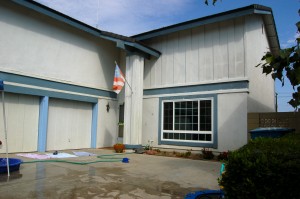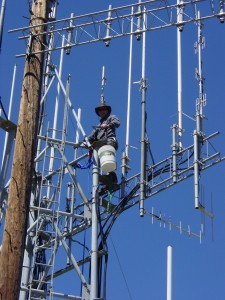 Well, I was up at 6:00am to meet Chris and Brian in Lake Forest at 7am. We started up via Maple Springs Road at 8am, and it was a nice drive. The road was in good condition, and I always forget how long the road goes until the pavement ends. I also forget the smell of being outdoors. I’m not sure if it’s all the sagebrush, but it just makes me breathe easier. It’s hard to believe that I am still in Southern California when I’m traveling these mountains.
Well, I was up at 6:00am to meet Chris and Brian in Lake Forest at 7am. We started up via Maple Springs Road at 8am, and it was a nice drive. The road was in good condition, and I always forget how long the road goes until the pavement ends. I also forget the smell of being outdoors. I’m not sure if it’s all the sagebrush, but it just makes me breathe easier. It’s hard to believe that I am still in Southern California when I’m traveling these mountains.
Here I am on top of the tower after lowering an antenna down. We switched it out for a different antenna and redid the receive system. It seems that the repeater is working better. I know the transmit power has less reflected (50W forward, 1/2W reflected), and the receive is a little more sensitive — it works better with a handheld.
The next picture is a pullback of the building and shows the layout. The tower is a couple of stories tall, and this day it was bug free up there.
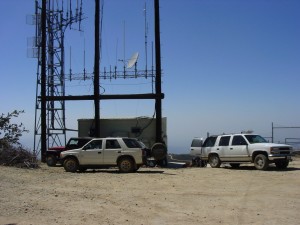 That was not the case on the ground. I thought that it would be too cold, but I was wrong. It was the busiest I have ever seen on Santiago, both with the bugs and people. I don’t know how many hikers, bikers, and joyriders there were. When I was up on the tower, a motorcycle rider came up, got off his bike, and asked for Dan. “What? Was that ITD?” Yup, it sure was. I have not seen Eric Robitaille for about 10 years! And now were talking on the top of Santiago. Weird. There was also a rescue going on to the north about 6 miles away on Skyline Road of a body in a car over the side. While that was going on, a guy rolls up in a pickup to the emergency crew saying he just got bit by a rattlesnake. There was a lot of coordination trying to figure out if they could helicopter the guy out. I never found out how things ended. When stuff happens, it happens.
That was not the case on the ground. I thought that it would be too cold, but I was wrong. It was the busiest I have ever seen on Santiago, both with the bugs and people. I don’t know how many hikers, bikers, and joyriders there were. When I was up on the tower, a motorcycle rider came up, got off his bike, and asked for Dan. “What? Was that ITD?” Yup, it sure was. I have not seen Eric Robitaille for about 10 years! And now were talking on the top of Santiago. Weird. There was also a rescue going on to the north about 6 miles away on Skyline Road of a body in a car over the side. While that was going on, a guy rolls up in a pickup to the emergency crew saying he just got bit by a rattlesnake. There was a lot of coordination trying to figure out if they could helicopter the guy out. I never found out how things ended. When stuff happens, it happens.

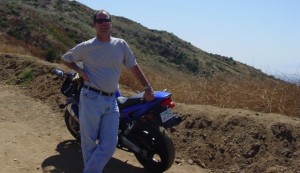
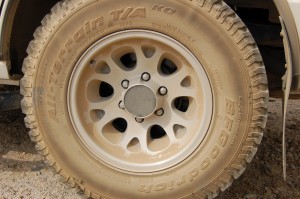 Another Santiago trip from July 23, 2005. This picture just looks better when it’s bigger.
Another Santiago trip from July 23, 2005. This picture just looks better when it’s bigger.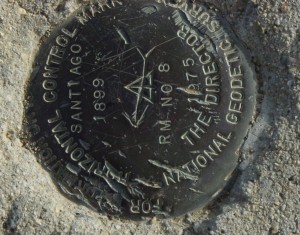 So here it is — the official point where the Riverside and Orange Counties touch at
So here it is — the official point where the Riverside and Orange Counties touch at 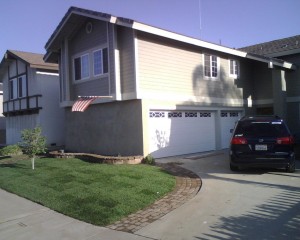 Well, I finally got the sod in. This picture was taken Dec 5, 2008. It’s Marathon II.
Well, I finally got the sod in. This picture was taken Dec 5, 2008. It’s Marathon II.